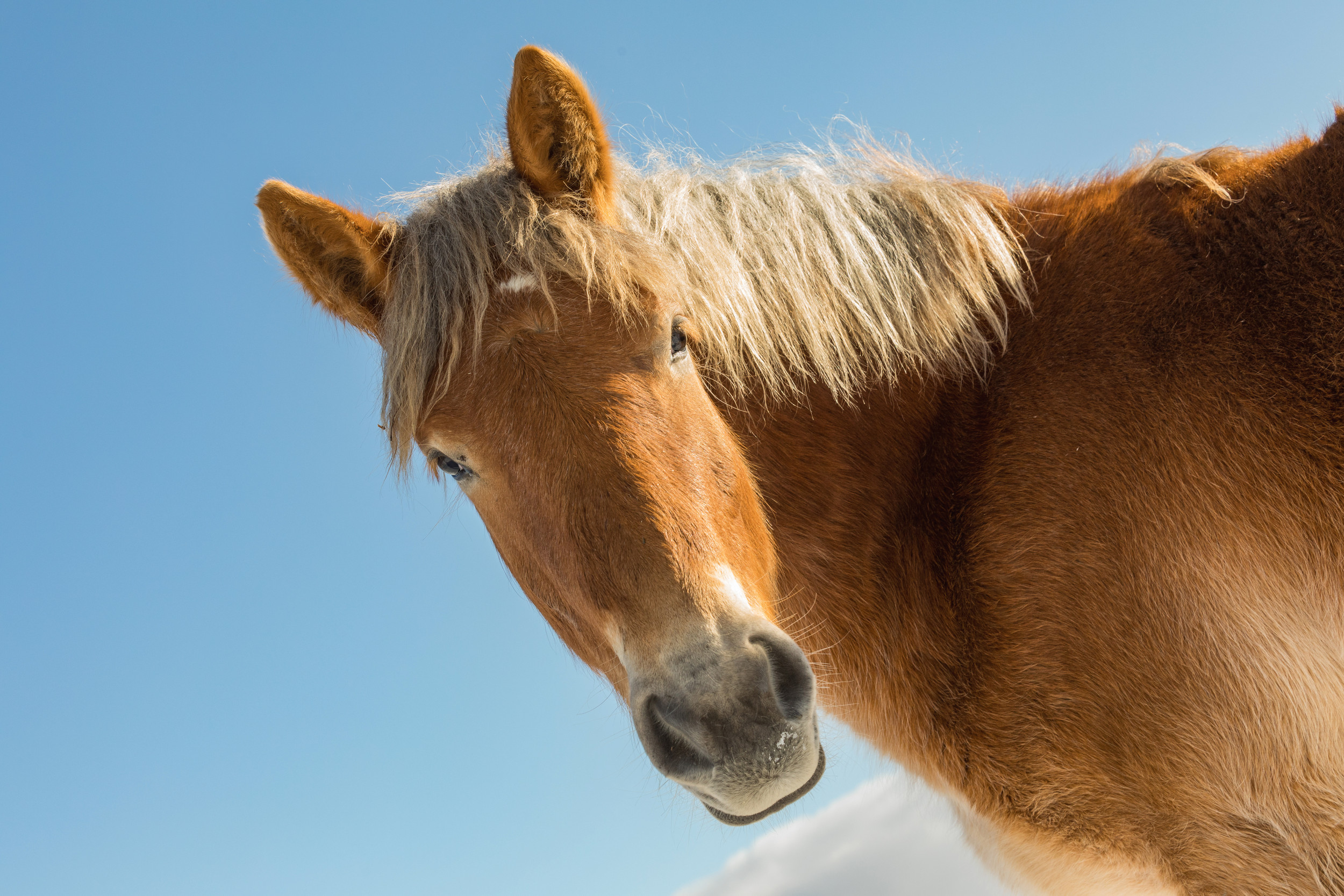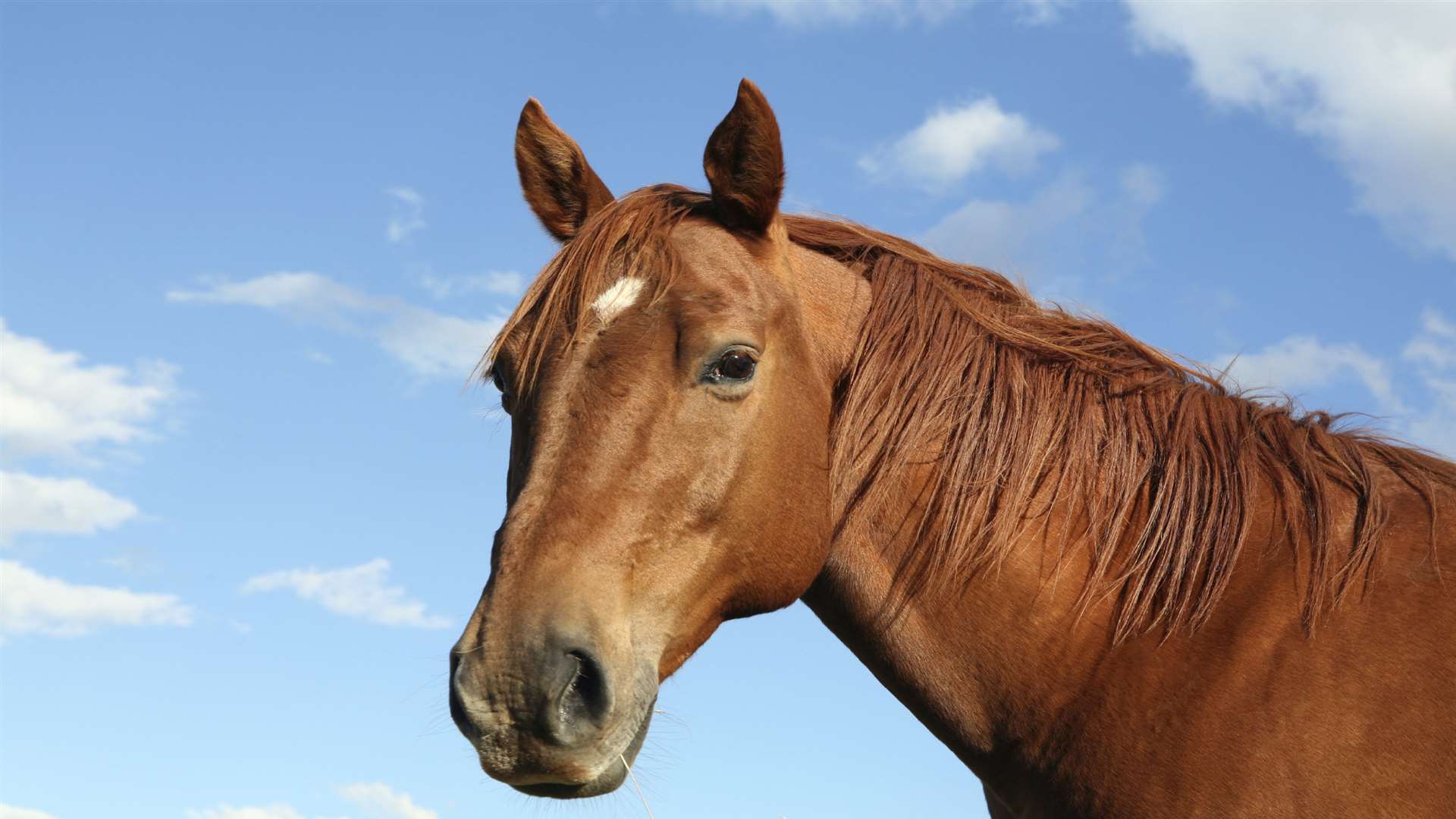Imagine this: a peaceful day at the ranch turns into chaos in seconds. That's exactly what happened when a woman was kicked in the head by a horse. This shocking incident has captured the attention of animal lovers, equestrians, and safety experts alike. But what really happened? And more importantly, how can we prevent such accidents in the future?
When we hear stories about horse-related accidents, it’s easy to get lost in the drama. But behind every headline is a real person with a story worth understanding. In this article, we’ll dive deep into the details of this incident, explore the risks involved in handling horses, and provide actionable tips to stay safe around these majestic animals.
This isn’t just about one woman’s experience—it’s about learning from it. Whether you’re a seasoned rider or someone who’s curious about equine behavior, this article will give you insights that could save lives. So, let’s saddle up and explore the facts!
- Celebrity Breast Implants The Inside Scoop On Hollywoodrsquos Most Talkedabout Trend
- What Is Angel Card Your Ultimate Guide To Unlocking Spiritual Messages
Understanding the Incident: What Really Happened?
Let’s start with the basics. The incident involving a woman kicked in head by horse occurred under circumstances that are still being investigated. While the exact details may vary depending on the source, the core of the story remains the same: a seemingly calm situation escalated into a dangerous encounter. But why did it happen?
Experts suggest that horses, despite their gentle nature, can react unpredictably when they feel threatened or startled. In this case, the woman may have inadvertently triggered a defensive response from the horse. It’s not uncommon for even experienced handlers to misjudge a horse’s mood, and that’s where things can go wrong.
Factors That Contributed to the Accident
So, what were the factors that led to this unfortunate event? Here’s a quick breakdown:
- Zayla Goodwin The Rising Star Whos Turning Heads Worldwide
- Unveiling Barbara Grimes The Remarkable Journey Of A Living Legend
- Environment: Was the horse in an unfamiliar or stressful setting?
- Behavioral Cues: Did the woman miss any warning signs from the horse?
- Training: How well-trained was the horse, and how experienced was the handler?
- Equipment: Were proper safety measures in place, such as helmets and protective gear?
These questions are crucial for understanding the root cause of the incident and preventing similar accidents in the future.
The Biology of Horses: Why Do They Kick?
Horses are incredible creatures, but they’re also prey animals by nature. This means their instincts are wired for survival, and kicking is one of their primary defense mechanisms. When a horse feels threatened, its first instinct is to protect itself, and that can lead to dangerous situations for humans nearby.
But did you know that horses rarely kick without warning? They often exhibit subtle behavioral cues before resorting to such extreme measures. These cues can include pinned ears, stomping hooves, or even a sudden change in body posture. Recognizing these signs is key to avoiding accidents.
Common Reasons Why Horses Kick
Here are some of the most common reasons why horses might kick:
- Fear: A sudden noise or movement can spook a horse, leading to a defensive reaction.
- Pain: If a horse is in discomfort or pain, it may kick as a way to express its distress.
- Territory: Horses are territorial animals and may kick to assert dominance or protect their space.
- Miscommunication: Sometimes, human error plays a role. Misinterpreting a horse’s behavior can lead to unintended consequences.
By understanding these triggers, handlers can take proactive steps to minimize risks.
Safety First: How to Prevent Horse-Related Injuries
Prevention is always better than cure, especially when it comes to handling horses. Whether you’re a professional rider or a casual enthusiast, there are several safety protocols you can follow to reduce the chances of accidents.
First and foremost, always wear protective gear. Helmets are non-negotiable, and body protectors can provide additional safety. Secondly, take the time to learn about horse behavior. The more you understand their instincts and communication methods, the better equipped you’ll be to handle them safely.
Top Safety Tips for Handling Horses
Here’s a list of practical tips to keep you safe around horses:
- Always approach a horse from the front or side to avoid surprising it.
- Speak softly and calmly to reassure the horse of your presence.
- Watch for warning signs like pinned ears or swishing tails.
- Keep a safe distance when approaching a horse’s hindquarters.
- Never stand directly behind a horse unless absolutely necessary.
Following these guidelines can significantly lower the risk of accidents and ensure a positive experience for both you and the horse.
The Role of Training in Horse Safety
Training is one of the most important aspects of horse handling. Both the horse and the handler need to be well-trained to ensure a safe and harmonious relationship. Proper training not only enhances communication but also builds trust and mutual respect.
For horses, training involves teaching them to respond calmly to various stimuli and follow commands consistently. For handlers, training focuses on developing the skills needed to read a horse’s body language and respond appropriately. This combination of knowledge and practice is essential for preventing accidents.
Types of Horse Training Programs
There are several types of horse training programs available, each with its own focus and methodology. Here are a few examples:
- Groundwork Training: Focuses on building a strong foundation through exercises done on the ground.
- Clicker Training: Uses positive reinforcement to encourage desired behaviors.
- Liberty Training: Teaches horses to work freely without restraints, promoting trust and communication.
Choosing the right training program depends on your goals and the horse’s personality. Consulting with a professional trainer can help you make an informed decision.
Real-Life Stories: Lessons Learned from Accidents
Every accident involving horses offers valuable lessons for the equestrian community. By studying real-life cases, we can gain insights into what went wrong and how to prevent similar incidents in the future.
Take, for example, the story of Sarah, an experienced rider who was kicked in the leg by her horse during a routine grooming session. Upon reflection, Sarah realized that she had missed the warning signs of her horse’s discomfort. This experience taught her the importance of staying vigilant and attentive to her horse’s behavior.
Key Takeaways from Real-Life Stories
Here are some key lessons we can learn from real-life horse accidents:
- Always be aware of your surroundings and the horse’s body language.
- Never assume a horse is calm or predictable—always proceed with caution.
- Seek professional guidance if you’re unsure about handling a particular situation.
These lessons highlight the importance of education and experience in horse handling.
Expert Opinions: What the Professionals Say
To gain a deeper understanding of the issue, we spoke with several experts in the field of equine safety. Dr. Jane Smith, a renowned veterinarian, emphasized the importance of regular health check-ups for horses. “A horse that’s in pain is more likely to act unpredictably,” she explained. “Regular vet visits can help identify and address any underlying issues before they become serious problems.”
Similarly, John Doe, a certified horse trainer, stressed the significance of proper training. “Horses are intelligent animals, but they need guidance and structure,” he said. “Investing in quality training is one of the best ways to ensure safety for both the horse and the handler.”
Why Expertise Matters
When it comes to horse safety, expertise matters. Professionals bring years of experience and knowledge to the table, offering insights that can make a real difference. Whether it’s through veterinary care, training programs, or safety protocols, experts play a crucial role in preventing accidents and promoting well-being.
The Impact on the Equestrian Community
Incidents like the one involving a woman kicked in head by horse have a ripple effect throughout the equestrian community. They serve as a reminder of the risks involved in handling horses and the need for continuous education and improvement.
Many organizations and groups have responded by launching initiatives to promote safety awareness. From workshops and seminars to online resources and support networks, these efforts aim to empower riders and handlers with the knowledge they need to stay safe.
How You Can Get Involved
If you’re passionate about horse safety, there are plenty of ways to get involved. Here are a few ideas:
- Attend safety workshops and training sessions in your area.
- Share your knowledge and experiences with others in the community.
- Support organizations that focus on equine welfare and safety.
Together, we can create a safer environment for everyone involved in the equestrian world.
Conclusion: Staying Safe Around Horses
In conclusion, the story of a woman kicked in head by horse serves as a powerful reminder of the importance of safety around these magnificent animals. By understanding horse behavior, following safety protocols, and investing in proper training, we can minimize the risks and enjoy a harmonious relationship with horses.
So, what can you do next? Start by educating yourself and others about horse safety. Share this article with your friends and family, and encourage them to take the necessary steps to protect themselves and their horses. Remember, every small action counts when it comes to preventing accidents.
Table of Contents
Woman Kicked in Head by Horse: The Story You Need to Know
Understanding the Incident: What Really Happened?
Factors That Contributed to the Accident
The Biology of Horses: Why Do They Kick?
Common Reasons Why Horses Kick
Safety First: How to Prevent Horse-Related Injuries
Top Safety Tips for Handling Horses
The Role of Training in Horse Safety
Types of Horse Training Programs
Real-Life Stories: Lessons Learned from Accidents
Key Takeaways from Real-Life Stories
Expert Opinions: What the Professionals Say
The Impact on the Equestrian Community
Conclusion: Staying Safe Around Horses
Thank you for reading, and remember: knowledge is power. Stay safe, and happy riding!
- Saturn Direct In Pisces A Cosmic Shift Thatrsquos Got Everyone Talking
- Sharon Murphy 2024 The Ultimate Guide To Her Journey Achievements And Impact


